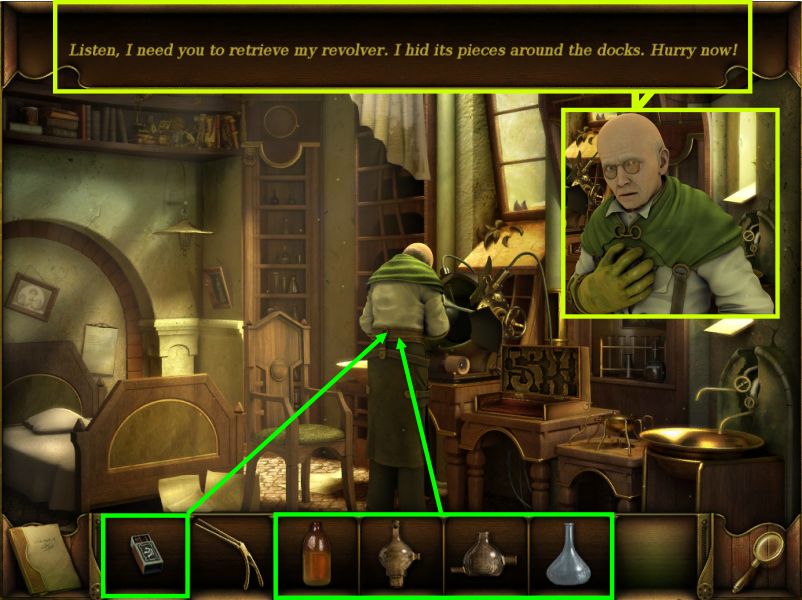
If there is indeed an immortality elixir, I have no doubt in my mind that countless people will want to get their hands on it. “The tomb provides valuable material for study of the life of Western Han nobles as well as the funeral rituals and customs of the period,” explained Pan Fusheng, who is the leading archaeologist of the excavation project.Ĭlick here to see pictures of the artifacts discovered during the excavation. In addition to the elixir, a large amount of jade ware, bronze artifacts, and color-painted clay pots were also discovered inside of the 210-square-meter tomb. Potion bottle (not the one described in this article) Shi Jiazhen, who is the head of the Institute of Cultural Relics and Archaeology in Luoyang, described this incredible discovery, “It is the first time that mythical “immortality medicines” have been found in China,” adding, “The liquid is of significant value for the study of ancient Chinese thoughts on achieving immortality and the evolution of Chinese civilization.” But after conducting studies on the liquid, it was determined that it contained alunite and potassium nitrate which are the prime ingredients used in an immortality medicine which had been described in an ancient Taoist text. At first, archaeologists believed that the liquid was in fact a type of liquor as it smelled like alcohol.

In October of 2018, the 3.5 litres of liquid was excavated from inside of the tomb of a noble family who lived in the city of Luoyang. A little over a year ago, Chinese archaeologists announced that the first emperor of a unified China named Qin Shi Huang (who lived from 259 BC to 210 BC) was said to have been obsessed with finding the elixir of life and he even arranged a nationwide search for it.


The search for an immortality potion has been going on for a very long time – apparently for thousands of years. A mysterious liquid that was found in a 2,000-year-old bronze pot is said to be an “ elixir of life”. Archaeologists from central China’s Henan Province made the discovery in a tomb that belonged to a family from the Western Han Dynasty which dates back to the time period from 202 BC to 8 AD and the elixir was even recorded in ancient Taoist literature.


 0 kommentar(er)
0 kommentar(er)
